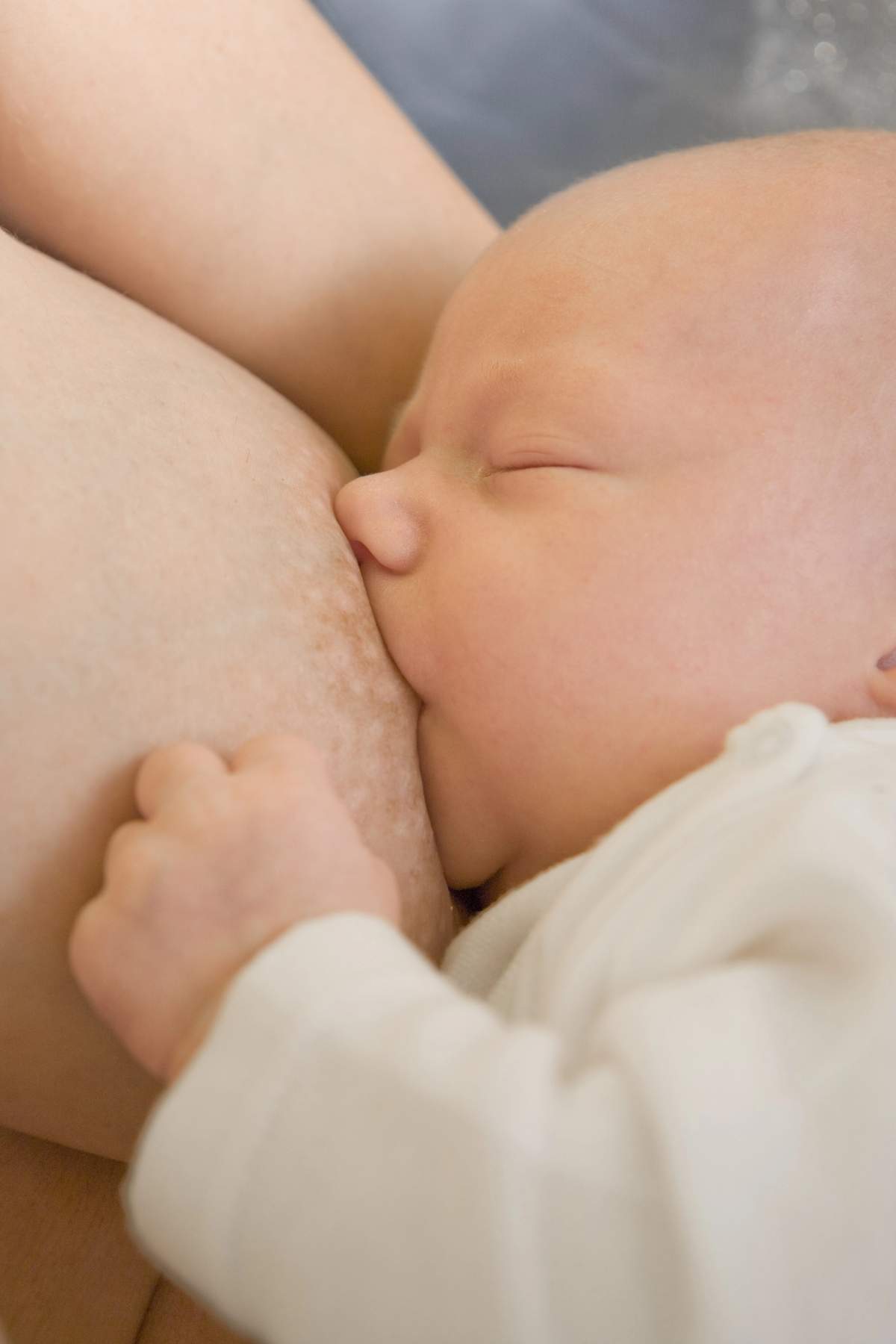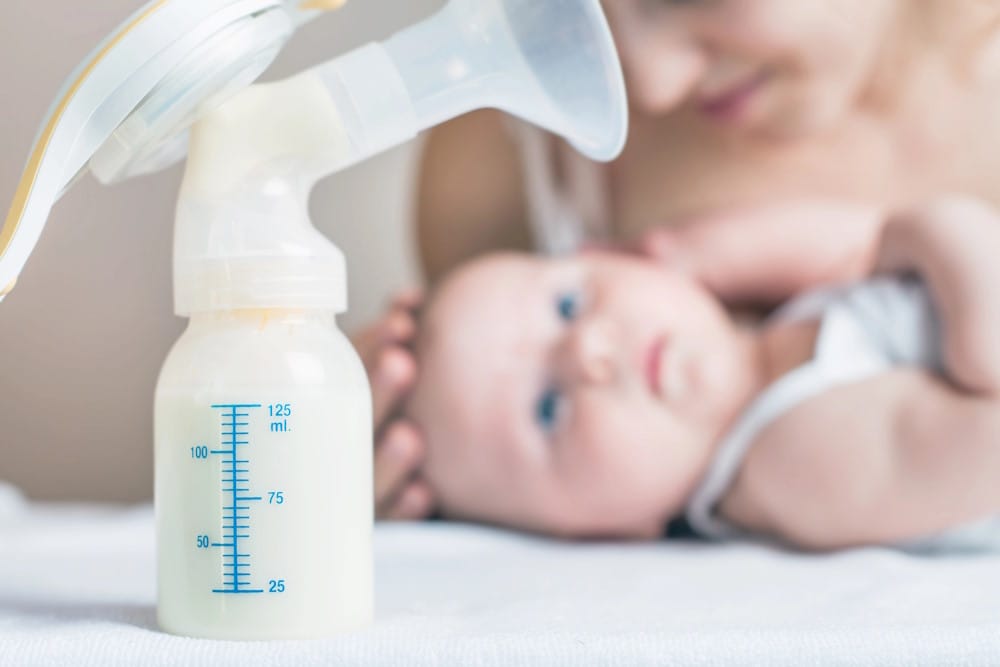Many expectant parents know that skin to skin contact immediately after birth is beneficial for them and their baby. In this post i’ll tell you why.
Skin to skin contact is your naked baby (they may wear a nappy) in complete contact with your bare skin. There should be no blankets or clothing between you. Being skin to skin will help keep your baby warm, help you and your baby feel relaxed and help maintain their heart rate, respiratory rate and blood pressure. Your baby should ideally remain in skin to skin contact with you until after their first feed.

Your body is your baby’s natural habitat and when they are first born and placed on your skin they may begin to use their inborn capabilities to wriggle their way to your breast and begin to explore, smell and lick your nipple.
You can of course guide them there but allow your baby time to explore you. Your baby may begin to stick their tongue out, mouth their hands or bob their head towards your breast. They may use their legs to try and scoot towards your breasts and their arms to try to crawl.
In studies of feeding behaviour, babies born following an unmedicated birth have been able to move towards and latch, unassisted, to the breast after around 55 minutes. If medication has been required for labour these behaviours can take longer (approx. 2 hours).
Birth Crawl Video – This 10 minute video shows three babies moving their way to their mothers breasts and attaching for their first feed. Please note this video contains nudity, birth and practices in another country. Not all of the practices shown here are supported in the UK but it is useful as it shows how skillful your baby is in using their inborn capabilities to feed
Sign up for free tips and advice

Get my video guide to
breastfeeding positions
Plus
just for signing up
Tell me when your baby is due or when they were born so that I can send you the most relevant tips
Skin to skin contact will allow your baby to become colonised by the bacteria from your skin. This is thought to be very beneficial for the development of your baby’s immune system. Your baby will hopefully show interest in latching onto your breast to receive their first feed of colostrum. They will usually feed enthusiastically for this first feed as babies are usually very alert for the first couple of hours after birth.
Maintaining skin to skin contact between you and your newborn will help to stimulate their normal latching behaviours. If your baby is not latching because they are sleepy or compromised from birth medications, patience and sufficient calories from expressed breastmilk will support your baby while they rest or drugs are metabolised.
Your baby will access brown fat stores to protect themselves if they do not feed. If your baby is not latching to you then keep them skin to skin as close to continuously as possible and hand express into a syringe or cup.
You can see a free preview of hand expressing in my Online Breastfeeding Course.
Skin to Skin Benefits
Skin to skin contact with your baby should continue for as many hours as possible throughout the day and night for the first number of weeks. When skin to skin is used frequently there are many positive effects for your baby.
Your baby,
- Latches on more easily and frequently.
- Will demonstrate when they are ready to feed.
- Is less likely to cry.
- Maintains their heart rate, breathing rate, temperature and blood pressure.
- Blood sugars are higher, but normal.
- Supports their brain development in the early weeks (3 to 8) of life.
- Is more likely to breastfeed exclusively and breastfeed for a longer period.
I strongly encourage you to enjoy frequent skin to skin contact with your baby however you are feeding them.



